Report this entry
More from the same community-collection
John K. Lucas and Juan Rosas Selling Bananas
Horse drawn cart of Mr. John K. Lucas, two of his children ...
John K. Lucas - El Paso, Texas
Mr. Lucas holding Nellie his horse. Next to the cart is His wife ...
Key To The City - El Paso, Texas
El Paso Mayor Oscar Leeser presented the key to the city to the ...
Maestro Sebastian received Key to the City.
Renowned Mexican Sculptor Sebastian, received the Key to The ...
"El Aguacero" by the renowned Mexican Sculptor Sebastian
“El Aguacero” This piece made in bronze, is a 30 x 19 x 10 ...





















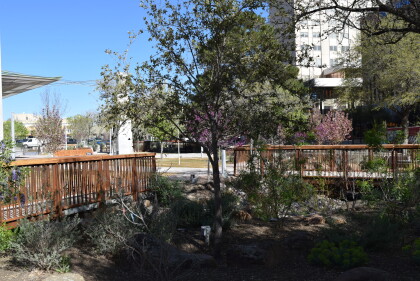
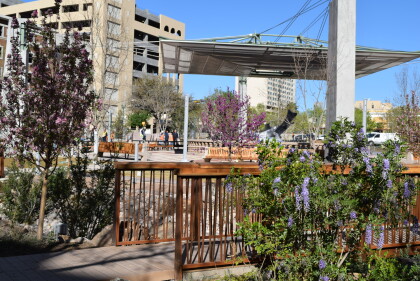
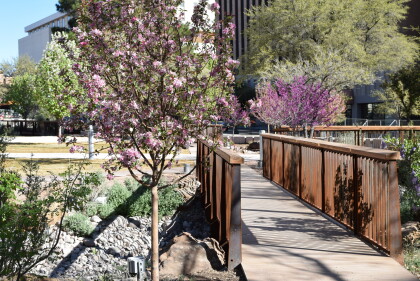
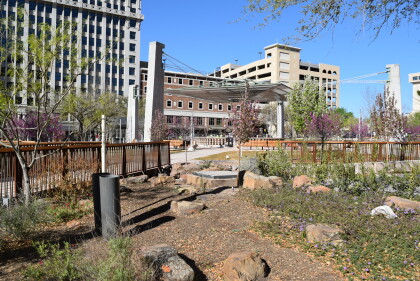
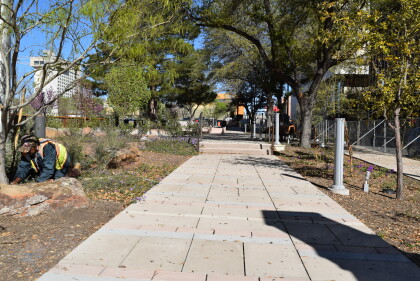
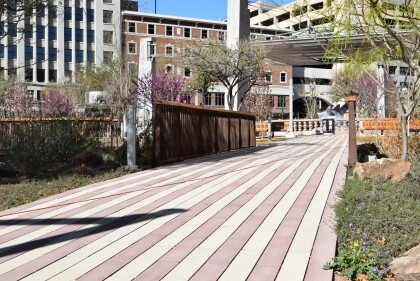
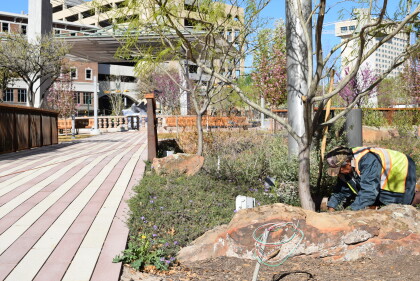
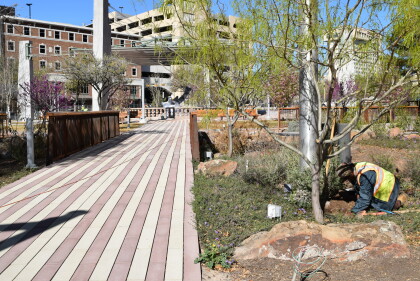
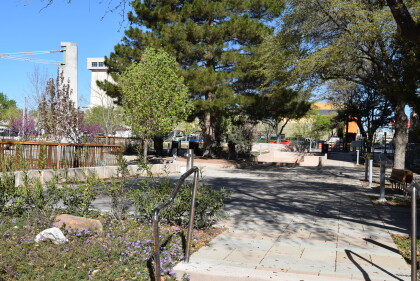
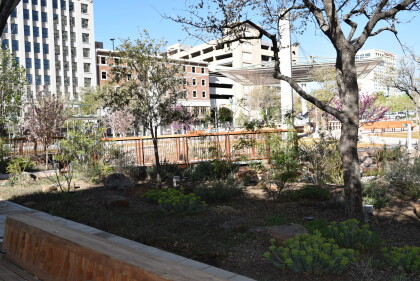
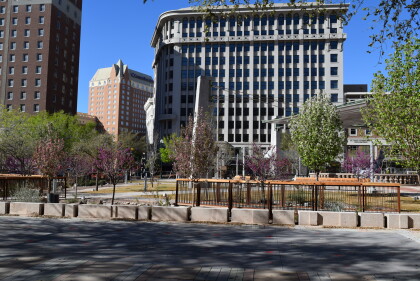
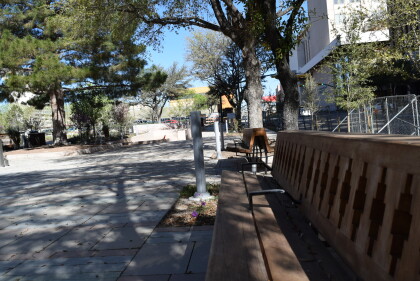
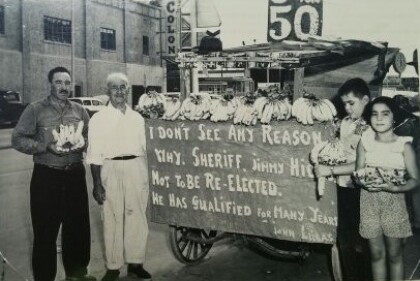
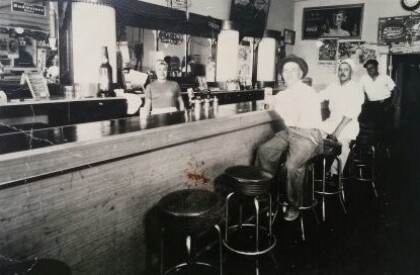
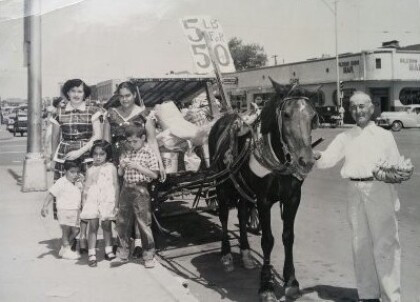
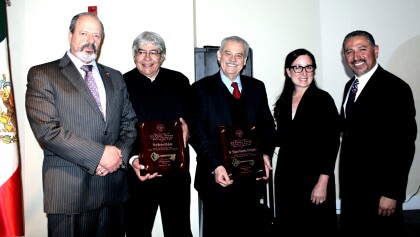
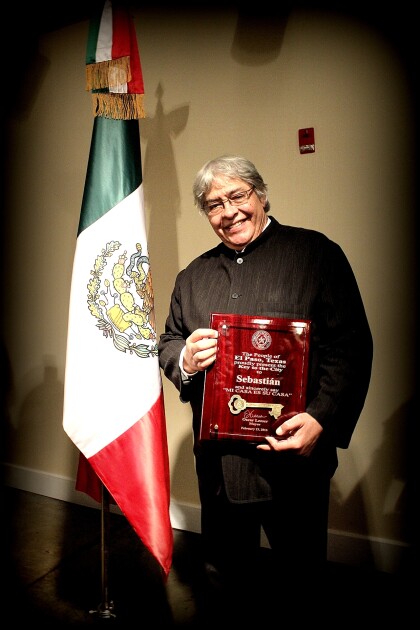
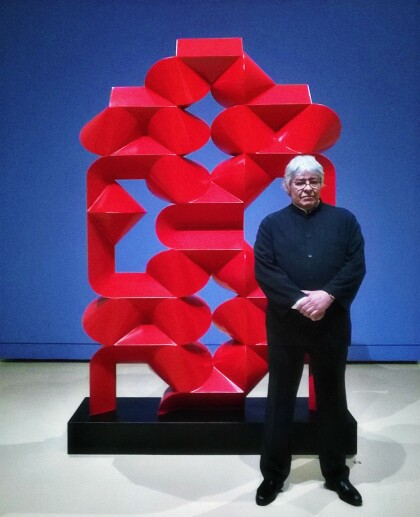
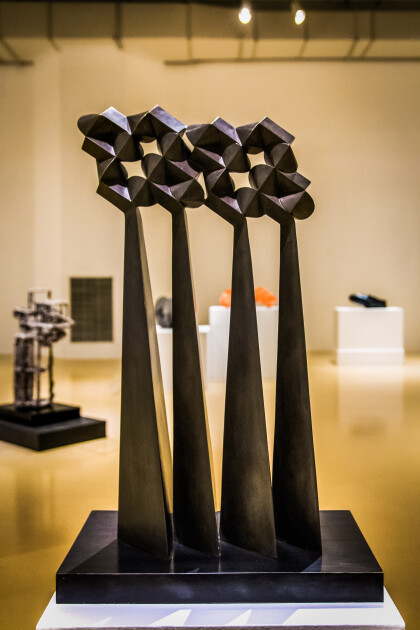
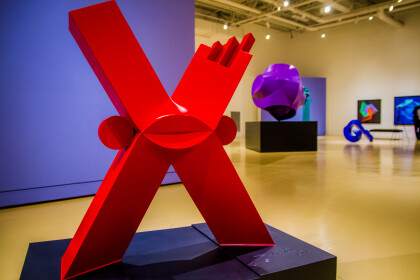
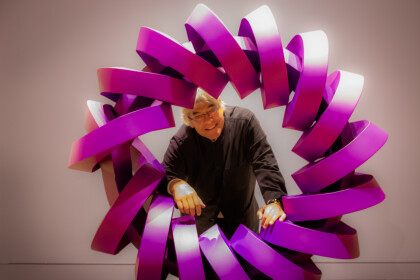
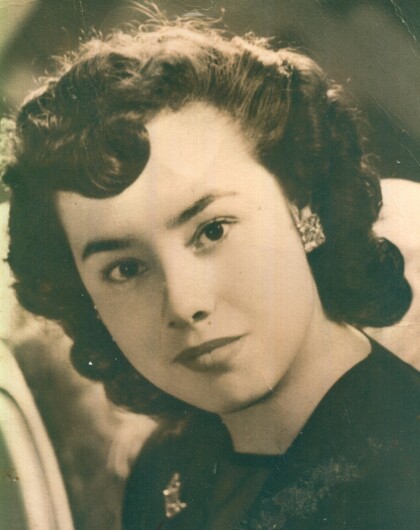
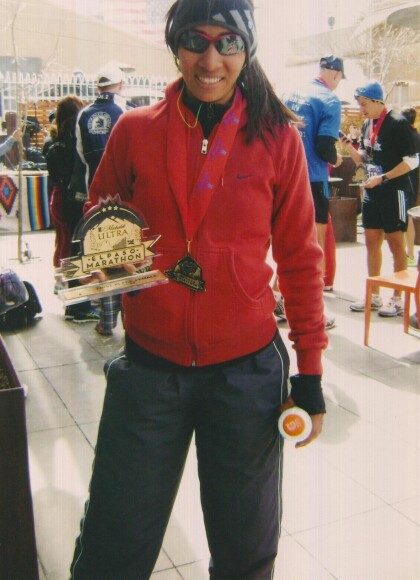
Comments
Add a comment